Buying Guide for the Best Budget 4k Projector
Choosing the right 4K projector can significantly enhance your viewing experience, whether it's for home theater, gaming, or professional presentations. To make an informed decision, it's important to understand the key specifications that affect performance and suitability for your needs. Here are the essential specs to consider when selecting a 4K projector.ResolutionResolution refers to the number of pixels that make up the image displayed by the projector. A 4K projector has a resolution of 3840 x 2160 pixels, which provides a much sharper and more detailed image compared to lower resolutions like 1080p. This spec is crucial for ensuring high-quality visuals, especially if you plan to use the projector for watching movies or playing video games. If you want the best possible image clarity, a true 4K resolution is the way to go.
BrightnessBrightness is measured in lumens and indicates how much light the projector can produce. This spec is important because it affects how well the projector performs in different lighting conditions. For home theater use in a dark room, a projector with 1500-2500 lumens is usually sufficient. For rooms with some ambient light or for outdoor use, you might need a projector with 3000 lumens or more. Consider where you will be using the projector and choose a brightness level that matches your environment.
Contrast RatioContrast ratio measures the difference between the darkest black and the brightest white that the projector can display. A higher contrast ratio means better image quality with more depth and detail, especially in dark scenes. For a good viewing experience, look for a projector with a contrast ratio of at least 10,000:1. If you plan to watch a lot of movies or play games with dark visuals, a higher contrast ratio will enhance your experience.
Throw DistanceThrow distance is the distance between the projector and the screen. This spec is important because it determines how large the image will be at a given distance. Projectors can be categorized into short throw, medium throw, and long throw. Short throw projectors can produce a large image from a short distance, making them ideal for small rooms. Medium and long throw projectors require more space but can produce larger images. Consider the size of your room and how far you can place the projector from the screen when choosing the throw distance.
Lens Shift and Keystone CorrectionLens shift and keystone correction are features that help you adjust the image to fit your screen perfectly. Lens shift allows you to move the image vertically or horizontally without moving the projector, while keystone correction helps correct any distortion caused by projecting at an angle. These features are important for flexibility in projector placement and ensuring a perfectly aligned image. If you have limited placement options or need to project at an angle, look for a projector with these adjustment features.
ConnectivityConnectivity refers to the types of input and output ports available on the projector. Common connections include HDMI, USB, VGA, and wireless options like Bluetooth or Wi-Fi. This spec is important because it determines how easily you can connect your projector to various devices like laptops, gaming consoles, or streaming devices. Make sure the projector has the necessary ports to connect to your preferred devices. If you plan to stream content wirelessly, look for projectors with built-in Wi-Fi or Bluetooth capabilities.
Lamp LifeLamp life indicates how long the projector's lamp will last before it needs to be replaced, usually measured in hours. This spec is important for long-term use and maintenance costs. Projectors typically have lamp lives ranging from 2000 to 10,000 hours. If you plan to use the projector frequently, look for models with longer lamp life to reduce the need for replacements. Consider how often you will use the projector and choose a lamp life that fits your usage patterns.
AudioAudio refers to the built-in speakers and audio output options on the projector. While many projectors have built-in speakers, they may not provide the best sound quality. This spec is important if you want an all-in-one solution or if you plan to connect external speakers for better audio. If sound quality is important to you, look for projectors with good built-in speakers or audio output options to connect to external sound systems. Consider your audio needs and whether you need additional equipment for optimal sound.
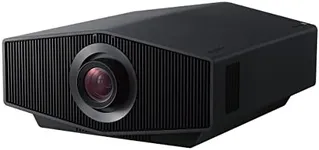

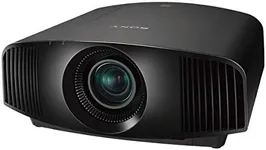


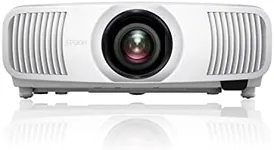
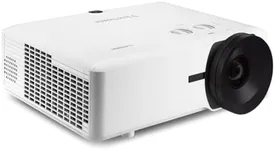

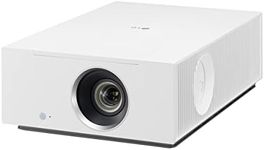

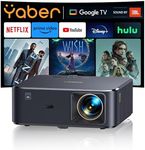



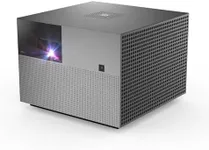
![[Auto Focus/4K Support]A8 Projector with 5G WiFi and Bluetooth , 600 ANSI Native 1080P Outdoor Movie Projector, Auto 6D Keystone , Home Theater Projector compatible with Phone/TV Stick/PC](https://images-proxy.bestreviews.guide/gLzPrIhOY0XnQhYt16xDKKH_aTI=/0x150/https://m.media-amazon.com/images/I/51DC3QEdHpL._AC_CX679_.jpg)




